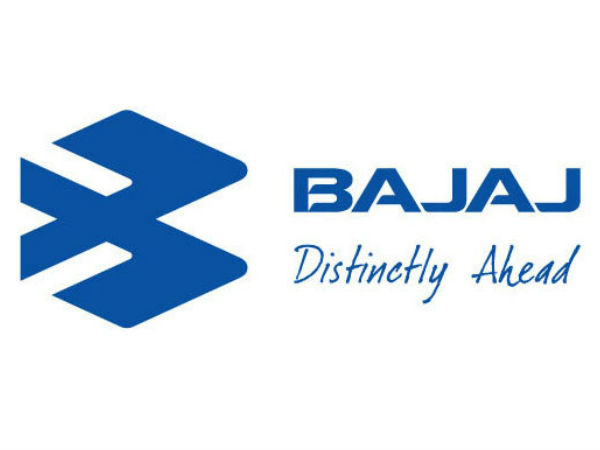SBI Introduces This Functionality For Ultimate Banking Safety: Check How You Can Use It
[ad_1]
Read More/Less
Planning
oi-Roshni Agarwal
In order to make online banking highly safe, the country’s top lender State Bank of India is constantly upgrading its features as well as technology. In its latest attempt, SBI via its official twitter handle State Bank of India @ The Official SBI said “Now online banking is more secure than ever with SBI! Download the latest Yono Lite app now:mobilityretail.sbi/sbf_retail.html #YONOLite #YONO #OnlineBanking #SafeBanking #BeSafe

As part of the latest upgrade, the bank has introduced SIM binding for Yono Lite and here as a giant leap towards banking safety.
The bank has come up SBI binding functionality- Here is everything you need to know about SIM binding functionality:
Now online banking is more secure than ever with SBI! Download the latest YONO Lite app now: https://t.co/uP7JXenNsP
#YONOLite #YONO #OnlineBanking #SafeBanking #BeSafe pic.twitter.com/lsLluyYXoq— State Bank of India (@TheOfficialSBI) July 27, 2021
What is SIM binding feature introduced by SBI?
This will be a new feature whereby only one user or individual per device from the registered mobile number will be able to access SBI digital banking. Now the bank has asked its SBI customers to download or update the Yono Lite app edition 5.3.48 and complete a one-time registration process using the registered mobile number.
Registration on SBI Yono lite app
Yono Lite app of SBI offers retail digital banking and offers an easy and convenient way to access SBI’s various digital services.
1. Download or update SBI Yono Lite on your mobile
2. Need to select the SIM if it is a dual SIM phone, else no SIM selection is required for the registration process to complete.
3. In the third step, the message will flash on your mobile asking to send an SMS fro your phone to validate the mobile number.
4. Now you need to choose the ‘proceed’ button and an SMS comprising an unique code will be sent from this device to a pre-defined number.
5. Herein you will be taken to the registration window and now you need to enter User Name and Password and click the REGISTER button. Accept the terms and conditions for registration by choosing the check box and click the ‘OK’ tab. Then on an activation code will be received on the registered mobile number. This activation code will be valid for 30 minutes. For completing the activation, one needs to put in the activation code in the app.
Likewise iOS users need to follow the instructions to register on the SBI Yono Lite app. Also, note that for accessing the SBI Yono app you need to ensure that you have registered with State Bank of India.
GoodReturns.in
[ad_2]










